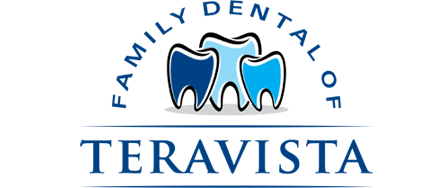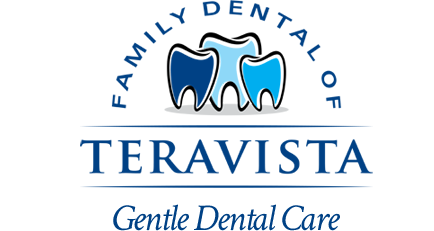A healthy, beautiful smile is important. It not only gives you confidence and helps you make a good first impression, but people consistently rate a great smile as one of the most appealing physical attributes. In order to keep your smile healthy and attractive, however, you have to avoid the damage that could be caused by plaque and tartar buildup.
What are these substances? You’ve likely heard of them, but you may not know quite what they are or how they differ. This is an instance where knowledge is power. Here’s what you need to know about plaque and tartar so you can properly fight them.
One Precedes the Other
Let’s start by saying that untreated plaque is the basis for the formation of tartar. What leads to plaque, though? Plaque is a biofilm that is constantly forming in your mouth. This sticky, colorless substance is made up of food particles that cling to teeth, as well as the bacteria that feed on these leftovers.
Certain foods, like sugars and carbs, are sticky to begin with, and this can speed the process of plaque formation and the growth of harmful bacteria in the mouth. When plaque is allowed to take root, it can begin to form tartar within several days.
How is Tartar Different from Plaque?
When plaque builds up and begins to harden, it develops into tartar, or calculus, a hard and sticky substance that is difficult to remove from teeth. This whitish or yellowish substance often forms below the gum line first and then creeps onto the surface of teeth, where it attracts more food and bacteria and continues to expand.
Tartar is porous, so it can stain easily and cause your smile to look unsightly. Aside from cosmetic concerns, it is also extremely damaging to teeth, attacking enamel, irritating gums, and paving the way for diseases like gingivitis and even periodontitis if left untreated.
Treatment Options
Prevention is the best course when it comes to plaque and tartar, and preventing plaque is the obvious place to start. This is most easily accomplished with a proper, at-home, oral health regimen. You know you should brush, floss, and rinse with mouthwash after every meal, and this is because you want to remove leftover food particles and kill off harmful bacteria. This disrupts the cycle of forming plaque and keeps your teeth squeaky clean.
If you get to the point where tartar is building, prevention is no longer an option. In this case, you’ll want to visit your dentist for cleaning, after which you should begin to practice preventive measures to avoid future buildup.











